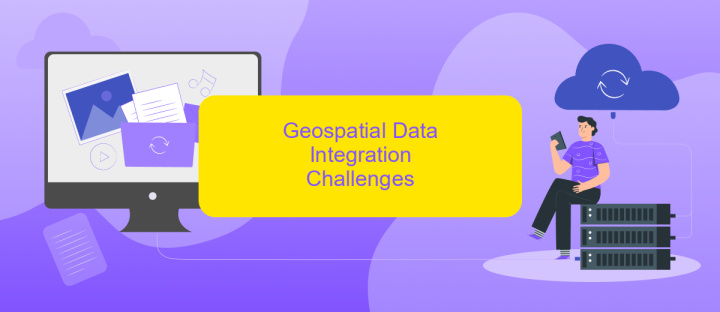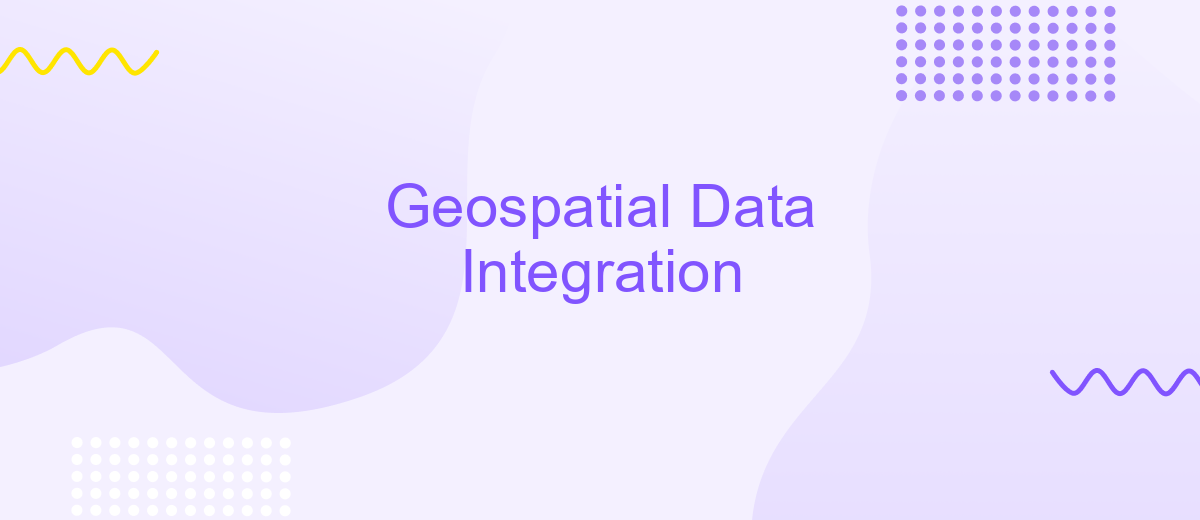Geospatial Data Integration
Geospatial data integration is a crucial process that combines diverse geospatial datasets to create comprehensive, accurate, and actionable insights. This integration enhances decision-making in various fields, including urban planning, environmental management, and disaster response. By merging data from different sources, geospatial data integration enables organizations to visualize complex spatial relationships and patterns, ultimately driving more informed and effective strategies.
Introduction
Geospatial data integration is a crucial process in modern data analysis, enabling the combination of diverse geospatial datasets to provide comprehensive insights. With the increasing availability of geospatial data from various sources such as satellites, sensors, and social media, the need for efficient integration techniques has become more important than ever.
- Combining data from multiple sources
- Ensuring data consistency and accuracy
- Handling large volumes of data
- Utilizing advanced tools and platforms
One of the effective tools for managing geospatial data integration is ApiX-Drive. This platform offers seamless integration capabilities, allowing users to connect various data sources effortlessly. By automating data workflows and ensuring real-time updates, ApiX-Drive enhances the efficiency and reliability of geospatial data integration processes, making it an invaluable resource for data analysts and researchers.
Geospatial Data Types and Formats

Geospatial data comes in various types and formats, each serving different purposes and applications. The most common types include vector data, which represents geographic features through points, lines, and polygons, and raster data, which represents the Earth's surface as a grid of cells. Vector data is often stored in formats such as Shapefile, GeoJSON, and KML, while raster data is typically stored in formats like GeoTIFF and NetCDF. Additionally, there are specialized formats like GPX for GPS data and WKT for textual representation of geometric objects.
Integrating geospatial data from diverse sources can be challenging due to the variety of formats and standards. Tools and services like ApiX-Drive facilitate this process by allowing users to connect and automate workflows between different geospatial data sources and applications. ApiX-Drive supports a wide range of integrations, enabling seamless data exchange and transformation, which is crucial for tasks such as spatial analysis, mapping, and geographic information system (GIS) operations. By leveraging such services, organizations can enhance their geospatial data integration capabilities, ensuring more efficient and accurate data management.
Geospatial Data Integration Challenges

Geospatial data integration presents numerous challenges that can complicate the process of combining diverse datasets. One of the primary difficulties lies in the heterogeneity of data sources, formats, and standards, which can lead to inconsistencies and inaccuracies. Additionally, the sheer volume of geospatial data can be overwhelming, making it difficult to manage and process efficiently.
- Data Heterogeneity: Different data formats and standards can cause compatibility issues.
- Data Volume: Large datasets require significant computational resources for processing.
- Accuracy and Precision: Ensuring data accuracy across different sources is challenging.
- Real-time Integration: Integrating data in real-time demands robust infrastructure and tools.
- Data Security: Protecting sensitive geospatial information from unauthorized access is crucial.
To address these challenges, services like ApiX-Drive can be instrumental. ApiX-Drive offers automated data integration solutions that can streamline the process of combining geospatial datasets from various sources. By providing a user-friendly interface and robust integration capabilities, ApiX-Drive helps organizations manage and process large volumes of geospatial data more efficiently, ensuring higher accuracy and reliability.
Geospatial Data Integration Approaches

Geospatial data integration is a critical process for combining spatial data from diverse sources to create a unified dataset. This integration enables more comprehensive analysis and decision-making by leveraging the strengths of different datasets. Various approaches can be employed to integrate geospatial data effectively.
One common approach is the use of data transformation techniques, which involve converting data into a common format or coordinate system. Another method is data fusion, which combines data from multiple sources to produce more accurate and reliable information. Additionally, semantic integration focuses on harmonizing the meaning and context of data from different sources.
- Data transformation
- Data fusion
- Semantic integration
Tools and services like ApiX-Drive can significantly streamline the process of geospatial data integration. ApiX-Drive offers automated solutions that facilitate the seamless integration of various data sources, ensuring consistency and accuracy. By leveraging such tools, organizations can enhance their geospatial analysis capabilities and make more informed decisions.
- Automate the work of an online store or landing
- Empower through integration
- Don't spend money on programmers and integrators
- Save time by automating routine tasks
Applications and Benefits of Geospatial Data Integration
Geospatial data integration plays a vital role in various industries by enabling the combination of geographic information from multiple sources into a unified system. This integration facilitates better decision-making in urban planning, disaster management, and environmental monitoring. For instance, city planners can utilize integrated geospatial data to optimize public transportation routes, while emergency responders can quickly assess and react to natural disasters by accessing real-time geographical information.
One of the significant benefits of geospatial data integration is its ability to enhance business operations. Companies can leverage this data to improve logistics, manage assets, and conduct market analysis. Services like ApiX-Drive further simplify the integration process by providing automated workflows that connect different data sources seamlessly. This not only saves time but also reduces the potential for human error, making geospatial data integration more efficient and reliable.
FAQ
What is geospatial data integration?
Why is geospatial data integration important?
What are common challenges in geospatial data integration?
How can automation improve geospatial data integration?
What are the key steps in geospatial data integration?
Time is the most valuable resource in today's business realities. By eliminating the routine from work processes, you will get more opportunities to implement the most daring plans and ideas. Choose – you can continue to waste time, money and nerves on inefficient solutions, or you can use ApiX-Drive, automating work processes and achieving results with minimal investment of money, effort and human resources.


